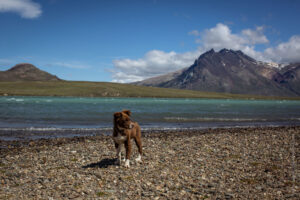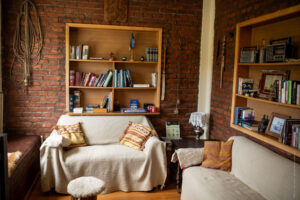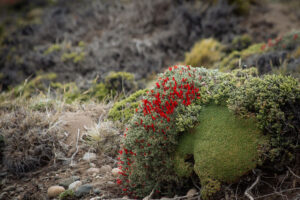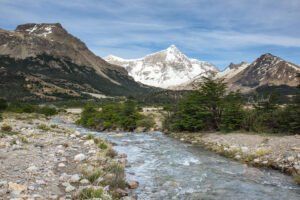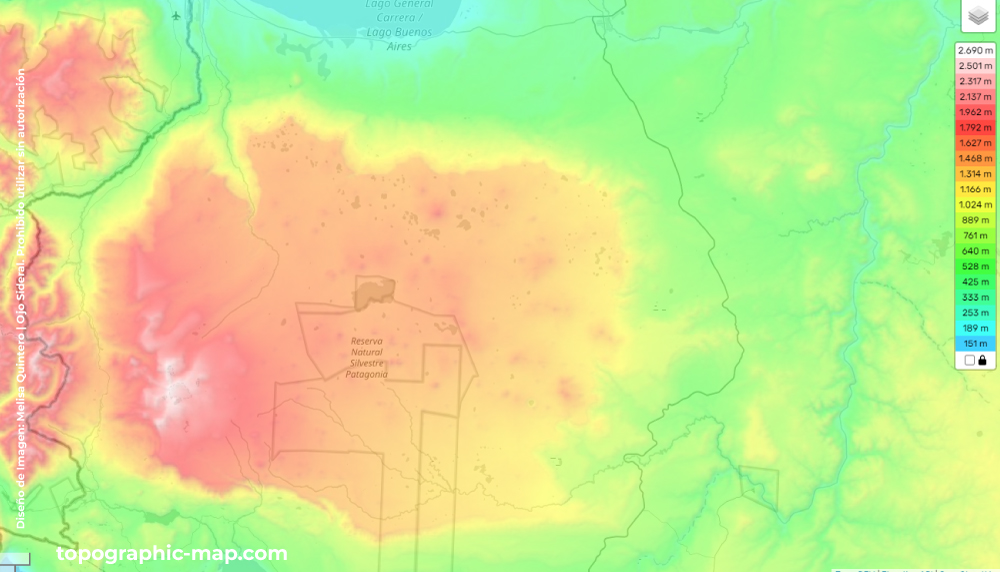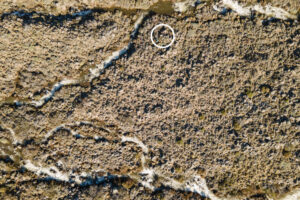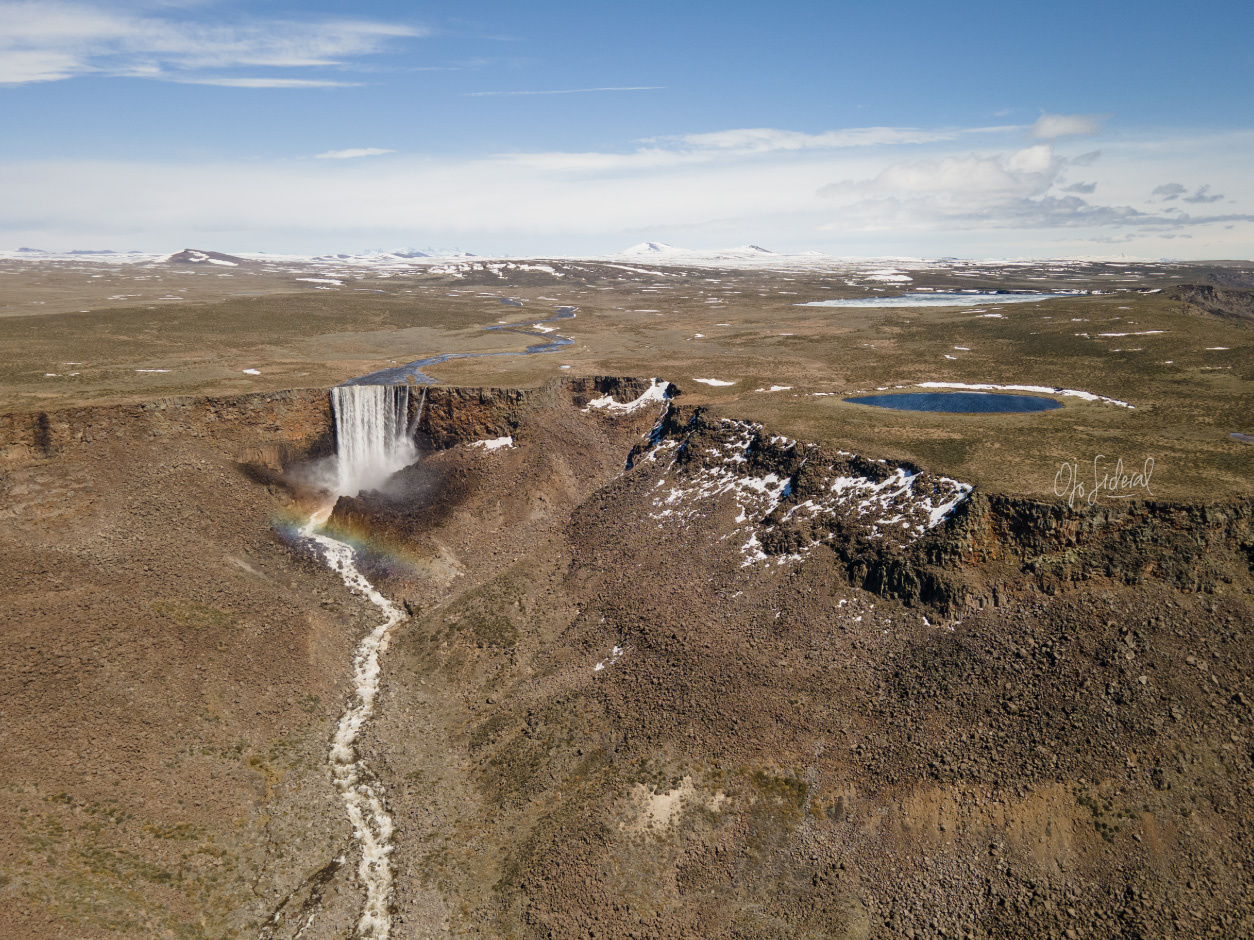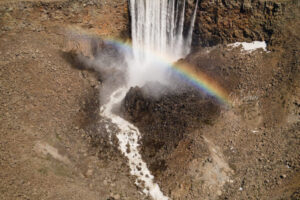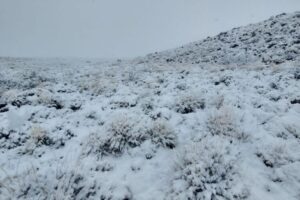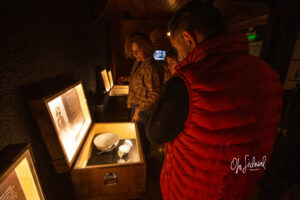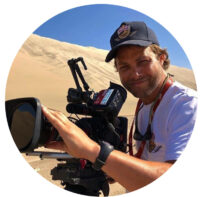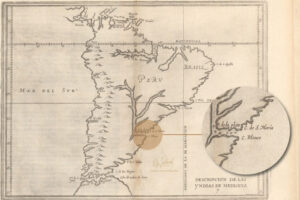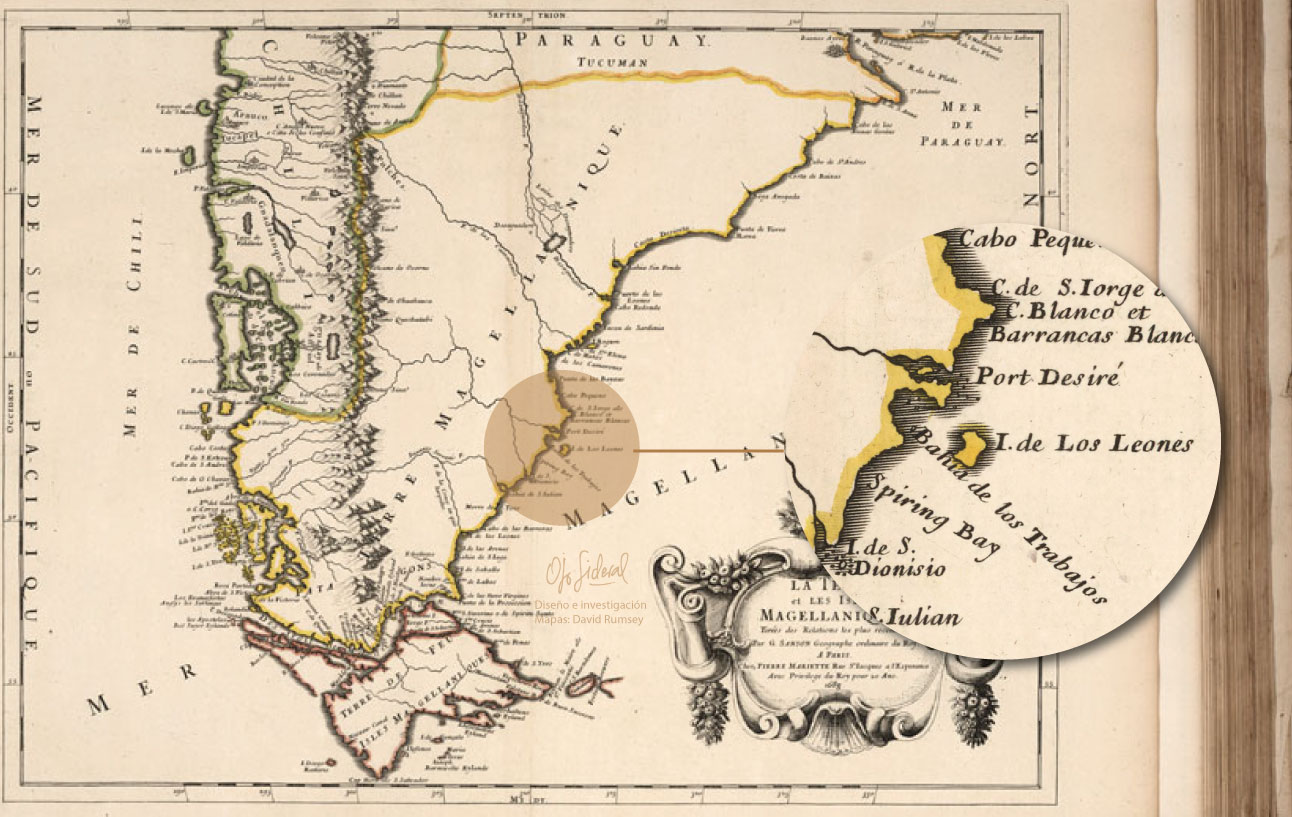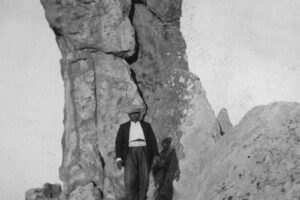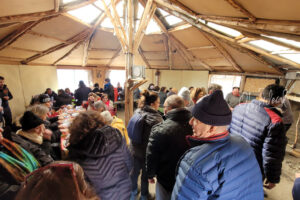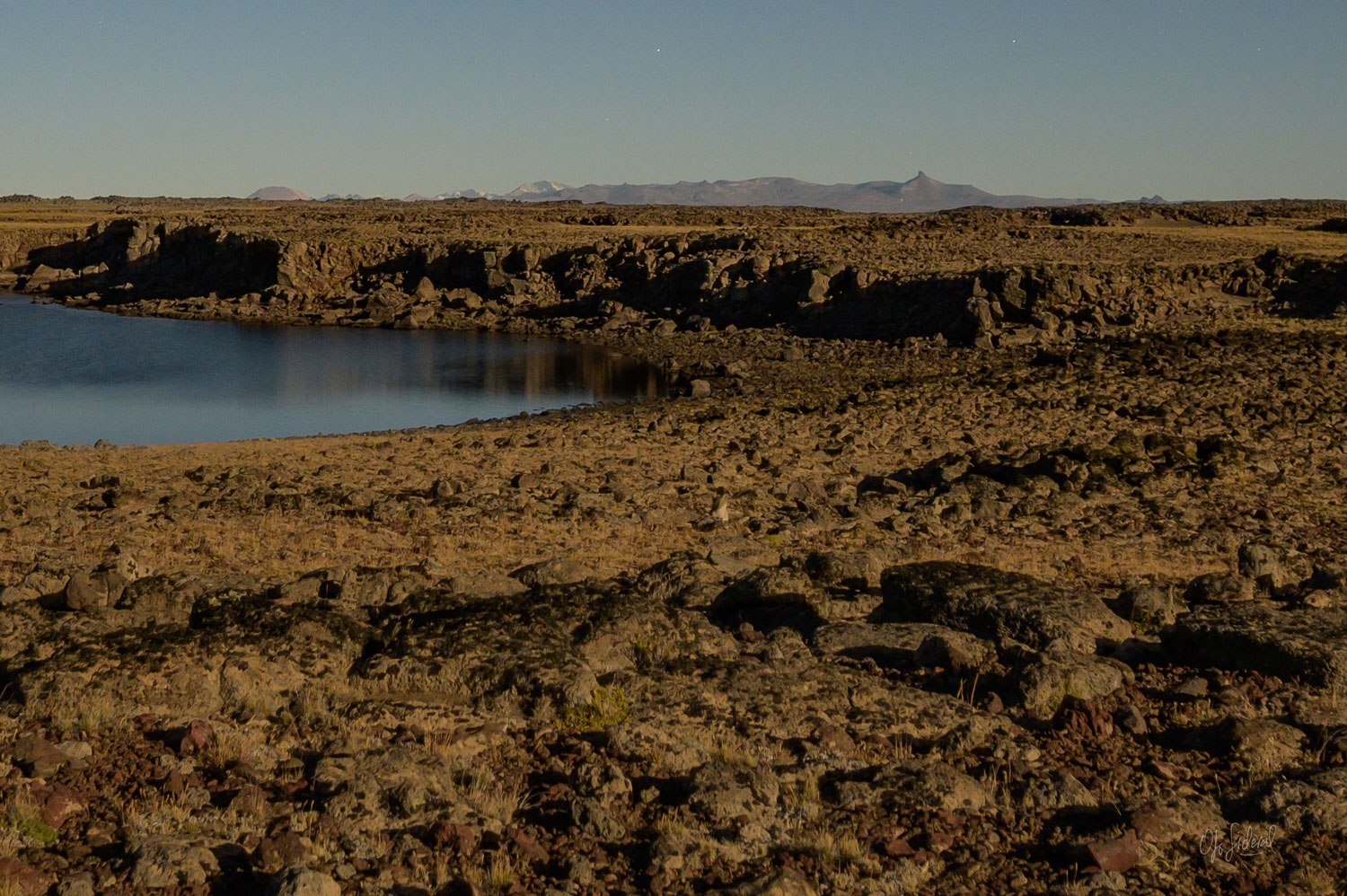Mapas y fotografías históricas del actual Parque Nacional Perito Moreno
En la entrada anterior ya hablé introductoriamente de este parque, las posibilidades que ofrece y demás. Asi que como prometí, en esta oportunidad me avocaré íntegramente a las cuestiones históricas que enriquecen enormemente este lugar además de su naturaleza salvaje y vírgen. Me tomé mi tiempo para leer, investigar, buscar y comparar en todos los libros que dispongo más material complementario que busqué en internet. Si hay datos que faltan, es simplemente porque no di con esa información. Espero les guste, y si quieren colaborar con mi trabajo, debajo del post pueden hacerlo mediante cafecito o transferencia. Buen viaje!
Una región desconocida
La Patagonia siempre fue ese territorio desconocido para el hombre blanco. Inexplorado, virgen y desolador. Así lo transmite Darwin en lo que fueron los primeros libros de viaje al rededor del mundo.
Sin embargo la zona donde vivo – y que denomino El Corazón de la Patagonia – al pié del lago Buenos Aires ya era visible en el tan famoso mapa de Cano y Olmedilla en 1775. Al menos el lago, bajo el erróneo nombre de «Chelenco» (supuesto nombre tehuelche, mito que Ap Iwan derriba en sus libros de exploración revelando el verdadero nombre). No así, la particular zona que hoy ocupa el Parque Nacional Perito Moreno con su cadena de lagos cordilleranos y glaciarios y la cumbre más alta de la provincia: el San Lorenzo.
Parece ser que recién con las comisiones de límites empieza a tomar relevancia y notoriedad en los mapas. Hasta ese entonces sólo figuraba el monte y el río Belgrano. Ni siquiera el San Lorenzo. Ni Carlos María Moyano, ni Musters (dos grandes exploradores) hacen mención a los lagos, al cerro o algún accidente geografico del actual parque en sus libros publicados que al menos yo poseo.
Cabe destacar que el Monte San Lorenzo con sus 3706 msnm es visible desde la Ruta 40 (antigua huella originaria) por su imponencia, su pico casi siempre nevado y su peculiar forma icónica y colosal. Me extraña que estos viajeros no se hayan fijado en un cerro tan hermoso! (o al menos no lo describieron en sus apuntes).
Lo que sigue a continuación es un raconto cronológico de los viajeros que pasaron por esta región que tuve el placer de conocer la navidad pasada del 2023, sus investigaciones, toponimias y fotografías. Tomé los más relevantes y significantes. Claro que antes de De Agostini hubo más, sobre todo que relevaron geológicamente pero no quería hacer tanto hincapié en ello.
Por qué realizo este artículo? Porque creo que este Parque merece la pena ser conocido, valorado y visitado. Representa un reservorio de patrimonio histórico y cultural, el escenario elegido por cazadores recolectores hace miles de años y donde se asentaron las primeras estancias de la zona: Ea. El Rincón, Ea. La Oriental, Ea. Belgrano y Ea. Río Roble.


Ramón Lista: 1879
Ramón Lista y Carlos María Moyano realizan un viaje de exploración a la zona del río Chico, auspiciado por la Sociedad Científica Argentina. Como primer dato, obtenemos de su libro «Viaje al País de los Tehuelches» que es él mismo quien bautiza al río Belgrano, ya que no se anoticia de algún posible nombre propuesto por los nativos.

Como anécdota, cuenta también que Moyano talla con su cuchillo en un árbol: Sociedad Científica Argentina, sintiéndose ellos los primeros hombres en pisar dichas tierras. ¿Bandalismo, o documento?

Clemente Onelli: 1888
Este italiano llega a Argentina con apenas 24 años. Nieto de Guido Bonarelli, reconocido geólogo e incansable explorador, cumple en 1888 su sueño de explorar la Patagonia. El Perito Moreno lo designa su ayudante para lo que serán las Comisiones demarcadoras de Límites. Junto con Norberto Láinez, cruzan ríos transportando 300 kg. de carga con los hitos de hierro para colocar en la frontera.
Al parecer, es quien primero llega a la zona del actual Parque Perito Moreno y nos describe al monte San Lorenzo de la forma más poética y encantadora que una pueda encontrar, en su libro «Trepando los Andes».
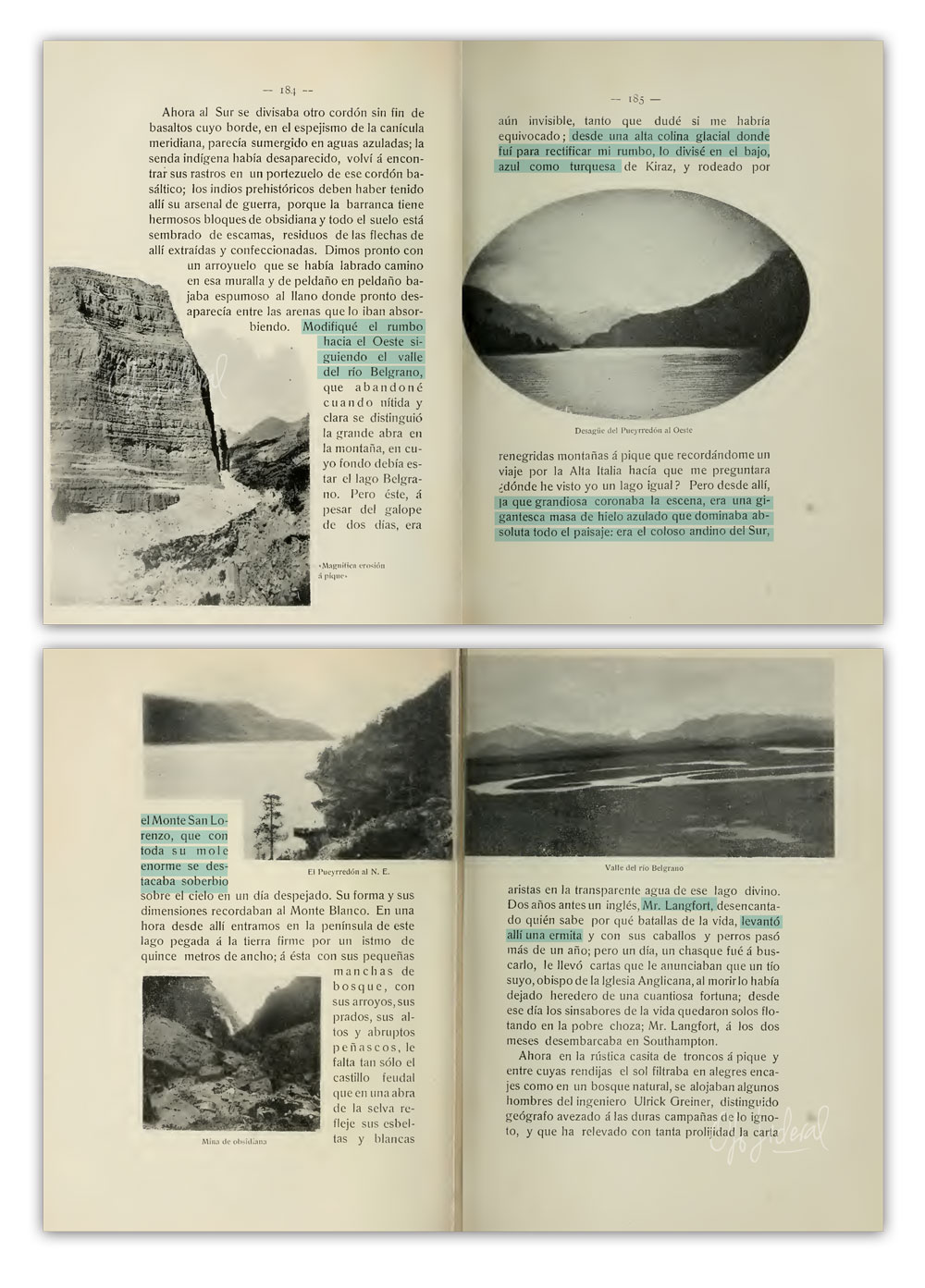
Como dato extra, menciona que Ulrich Greiner estuvo 8 días antes y bautiza el lago Nansen.
Ludovico Von Platten: 1897
Este ingeniero nacido en Dinamarca, colaboró con las Comisiones de Límites dirigidas por el Perito Moreno. Estableció una buena relación con los locales, en especial con el cacique Kankel. Remontó el río Belgrano desde su nacimiento hasta su desembocadura en el lago homónimo. Lamentablemente no encontré mas datos acerca de su tránsito por el PNPM.
Hans Steffen: 1898
Me doy una vuelta por mi biblioteca de mapas digitales para indagar qué nuevos datos pueden aportarme sobre este lugar. Aparecen varios de Hans Steffen, un personaje clave en el ordenamiento y definición de los límites entre Argentina y Chile. Este alemán, geógrafo y perito en límites representando a Chile, no hace alusión al lago Belgrano ni ninguno de la cadena en sus mapas, pero sí al Monte San Lorenzo o Cochrane (cumbre chilena) en un mapa de 1898.
Dos años después, surge un nuevo mapa, más completo y más fiel a la realidad, donde se distinguen claramente los lagos y el Monte Cochrane/San Lorenzo. Sin embargo, en su obra «Westpatagonien», admite no haber explorado estas tierras directamente, sino haberlas rodeado perimetralmente. A pesar de esto, deduce que las montañas que observa comparten el mismo origen geológico que el Paine, el Chaltén y el Torre. Y acertó en sus conclusiones; el Monte San Lorenzo constituye una imponente formación granítica perteneciente al Batolito Patagónico junto con las mencionadas montañas, entre otras.

![Nachlass [Sammlungen/Karten] Projekt Hans Steffen IAI Esquicio de Steffen donde ya aparecen los lagos, y una topografía más acertada. Fuente: Instituto Iberoamericano de Berlín](https://ojosideral.com/wp-content/uploads/2024/01/81665817X_LOG_0003-20.jpg)
John Bell Hatcher: 1899
El «Cazador de Huesos», apodado así por su afición particular a los fósiles, realiza tres expediciones a Patagonia inspirado por las investigaciones de los argentinos Carlos y Florentino Ameghino. Es enviado por la Universidad de Princeton, aunque el propio Hatcher consiguió su propio financiamiento para sus estudios y relevamientos científicos.
En los reportes que envía la Universidad, sólo hace mención a la desembocadura del río Belgrano en el río Chico, el Monte Belgrano y obsidianas encontradas en las cercanías de la Pampa del Asador. Me desilusionó, que no haya descripto más información. No hace referencia alguna, siquiera de nuestro querido Cerro San Lorenzo. Por el contrario, si describe la comarca de Lago Posadas, su estratigrafía y hallazgo de fósiles.
Andreas Madsen: 1902
El «pionner danés reconocido por sus relatos sobre lago Viedma, Chaltén, Fitz Roy y la cacería de pumas, llegó a Buenos Aires con 19 años y enseguida consiguió trabajo con las Comisiones de Límites entre Argentina y Chile, lideradas por el Perito Moreno.
Andrew, como lo llamaban, era marinero y había sido contratado como constructor. El cuenta en su autobiografía todos estos detalles y menciona haber estado en el lago Belgrano pero sin dar mayores precisiones.
Rodolfo Hauthal: 1903
Enviado por las Comisiones de Límites, el naturalista y montañista alemán Hauthal realiza importantes aportes geológicos, croquis y recolección de fósiles.

Carl Skottsberg: 1908
«Hermosas, inhóspitas y salvajes». Con estas palabras describe el sueco Carl, las tierras de la Patagonia. Miembro de la expedición sueca, Skottsberg se adentra en la región del lago Belgrano luego de transitar los caminos que actualmente llamamos Ruta 41, o camino al Monte Zeballos, lago Posadas y Ruta 41 sur:
«El paisaje era salvaje y desolado aquí arriba, a una altura de 1700 metros, columnas basálticas gigantescas alzaban sus duros cuerpos negros a ambos lados y grandes manchas de nieve alimentaban el suelo pantanoso y resbaladizo».
Este explorador botánico arribó a la zona en cuestión como líder de la expedición, acompañado de Quensel y Hall en vísperas de navidad como quien escribe, sólo que 115 años antes. Relata en su libro «La Patagonia Salvaje» que en el camino encuentra latas de espárragos con algo de moho, probablemente pertenecientes a las Comisiones de Límites.
Suben el cerro Áspero y hace mención a todos los cerros que lo circundan, incluído el San Lorenzo agregándolo a la misma formación granítica que el San Valentín y San Clemente.

Percy Quensel: 1910
El reconocido geólogo argentino Victor Ramos, cita en uno de sus papers la investigación de Quensel con la expedición sueca. Luego de buscar y buscar dí con el reporte que procesó la Universidad de Mineralogía y Geología Upsala. Percy, como mencionamos antes acompañó a Skottsberg en la expedición y es el primero que realiza el reconocimiento de granito en los cerros San Lorenzo y Blanco (hoy Penitentes).

Alberto de Agostini: 1937
Es aquí donde los relatos empiezan a tener algo más de sabor, descripciones y nuevos datos sobre la vida rural.
El italiano De Agostini llegó a Patagonia en 1912 bajo la orden de Don Bosco – quien había soñado con este territorio – con el fin de misionar y catequizar a los indios. Pero tal era su admiración por la geología, la geografía y la naturaleza que pasaba mucho tiempo caminando y subiendo montañas. Así es que cae perdidamente enamorado un 14 de febrero de 1937, del pico de granito más alto de Santa Cruz: El San Lorenzo.
Resulta ser que con este apasionado montañista compartimos además el amor por la fotografía. Conocía sus relatos de los Andes Patagónicos pero cuando emprendí mi viaje al Parque todo había sido tan fugaz que no me dió el tiempo para estudiar demasiado previamente el lugar. Lo espectacular fue que luego de volver, leí nuevamente su libro y me encontré con imágenes muy similares a las que yo había tomado y descripciones perfectas para otras!


Estancia El Rincón
«En la estancia El Rincón de Nicanor Torres, donde termina la carretera, encontré la más amable hospitalidad y los cargueros necesarios para proseguir con mis equipajes por el valle del río Lácteo hasta casi la base del San Lorenzo. » , dice De Agostini en su libro Los Andes Patagónicos.
Nicanor se establece en la región en 1919 como concesionario de arrendamiento. Para 1940 contaba con 8.000 lanares, 40 vacunos, 146 yeguarizos y dos mulas.

Puesto San Lorenzo
Continua el relato, diciendo: «Establecimos nuestro campamento casi al término del valle (del lácteo), cerca del puesto de un ovejero que el señor Torres manda en la época de verano a vigilar el ganado. Nos rodea un soberbio anfiteatro de montes y glaciares, de exuberantes bosques y de torrentes impetuosos; toda una gama vivísima de colores que bajo los rayos vivificadores del Sol, toman las más admirables tonalidades, especialmente durante la aurora y el ocaso.»
Según mis cálculos, se trata donde hoy esté el refugio Kris y Doug y el Puesto San Lorenzo.
Cuando llegás a ese sector, se pueden observar unas ruedas de carretas, algo que parece un viejo potrero y el puesto. Vi el potrero y no atiné a tomarle una foto, pues sólo se entendía viéndolo presencialmente ya que sólo quedaban las ruinas. Pero de Agostini, sí la tomó cuando estaba entero.
- Puesto San Lorenzo, con el cerro detrás
- Puesto San Lorenzo. Alunecer. fotografía nocturna
- "Doma de potros en el puesto del San Lorenzo.". Foto de Alberto de Agostini
- Valle del ríó lácteo. Arriba, foto de De Agostini. Abajo, foto de mi autoria
- Cerro Penitentes desde el Valle del lácteo.. Arriba, foto de De Agostini. Abajo, foto de mi autoria
- Cono de deyección, camino a laguna de los témpanos. Arriba, foto de De Agostini. Abajo, foto de mi autoria sin San Lorenzo, ,nublado
Cerramos con De Agostini, y su amor por el San Lorenzo. Muy posiblemente haya sido el, el primero en conquistar su cumbre. Espero sin más que les haya gustado, y cualquier duda , consulta aporte o corrección pueden hacerla en comentarios. Nos vemos!
Bibliografía
- de AGOSTINI, Alberto – Andes Patagónicos Vol II.
- BOIXART, Gregorio – Geología de la Sierra de las Uñas, Santa Cruz Argentina
- FERNÁNDEZ BALBOA, Carlos – Vivir por la Naturaleza
- HATCHER, John Bell – Reports of The Princeton University Expeditions to Patagonia, 1896 – 1899
- LISTA, Ramón – Viaje al País de los Tehuelches
- MADSEN, Andreas – La Patagonia Vieja
- ONELLI, Clemente – Trepando los Andes
- Plan de Gestión Parque Nacional Francisco Pascasio Moreno.
- QUENSEL, Percy – Geologisch-petrographische Studien in der patagonischen Cordillera.
- RAMOS, Victor – Tectónica del río y lago Belgrano
- SKOTTSBERG, Carl – La Patagonia Salvaje
- STEFFEN, Hans – Westpatagonien
















